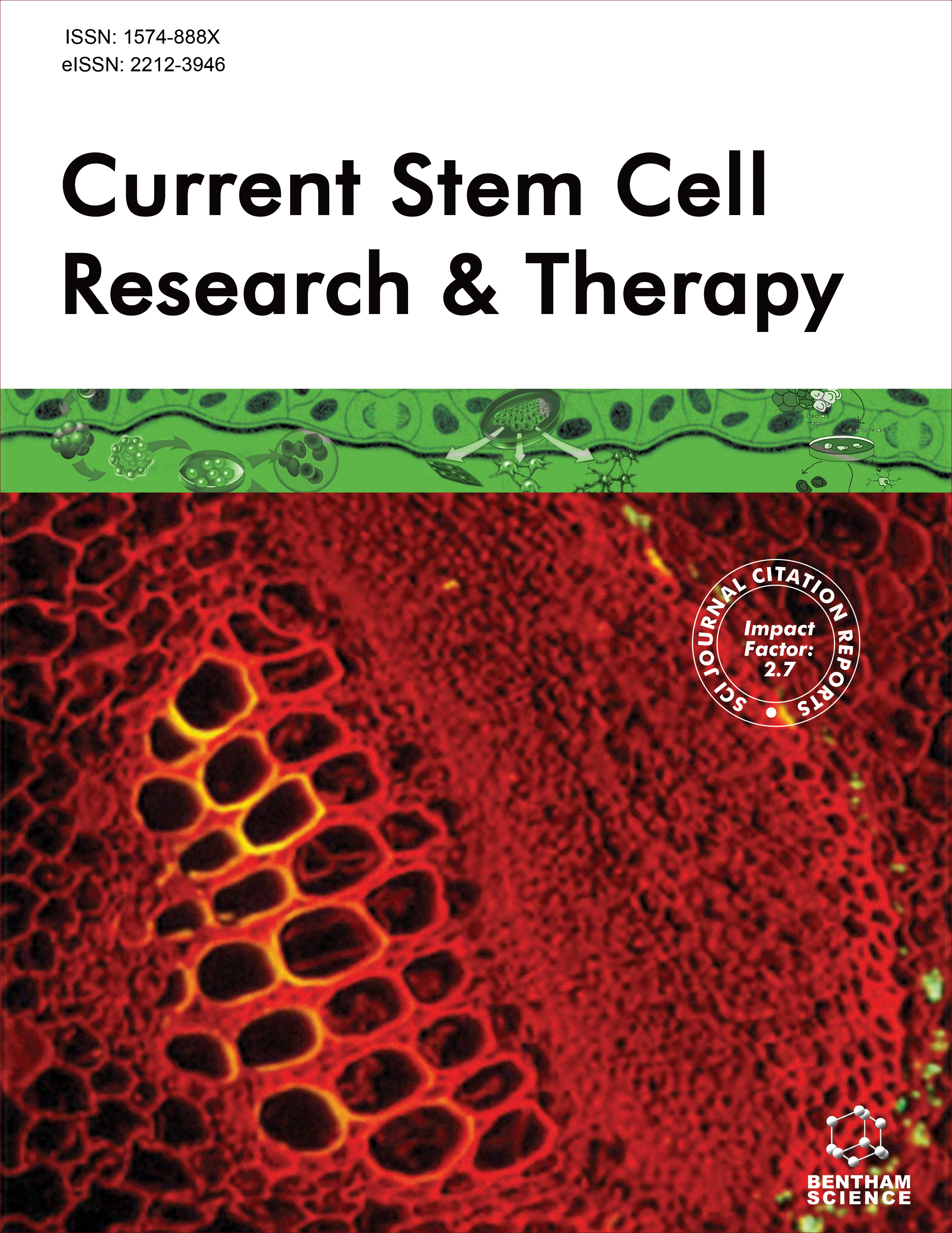
Full text loading...
Exosomes derived from Adipose-Derived Stem Cells (ADSCs-Exo) have been implicated in the enhancement of wound repair in Diabetic Foot Ulcers (DFU). Objective: The current research was designed to explore the therapeutic potential and underlying mechanisms of ADSCs-Exo modified with microRNA-125b (miR-125b) in the context of DFU.
Rat models with DFU and human umbilical vein endothelial cells (HUVECs) subjected to high glucose (HG) conditions served as experimental systems and were administered miR-125b-engineered ADSCs-Exo. Then, the expressions of CD34, Ki-67, angiogenesis-related factors (VEGF and TGFβ-1), angiogenesis inhibitor DLL-4, and inflammation-related proteins (TLR-4 and IL-6) were detected.
MiR-125b was upregulated in ADSCs-Exo. MiR-125b-mimics transfection in ADSCs-Exo reduced inflammatory infiltration and promoted granulation formation and wound healing in wound tissues. MiR-125b-mimics-modified ADSCs-Exo injection increased the expression of CD34, Ki-67, VEGF, and TGFβ-1, whereas decreased the expression of DLL-4, TLR-4, and IL-6 in wound tissues of DFU rats. In addition, miR-125b-mimics-ADSCs-Exo injection reversed the negative effects of HG on the proliferation, migration, and angiogenesis of HUVECs, as well as the positive effects of cell apoptosis. Moreover, miR-125b-inhibitor-ADSCs-Exo injection had the opposite effects to miR-125b-mimics-ADSCs-Exo.
ADSCs-Exo promoted wound healing of DFU rats, especially when overexpressing miR-125b.

Article metrics loading...

Full text loading...
References


Data & Media loading...
Supplements

